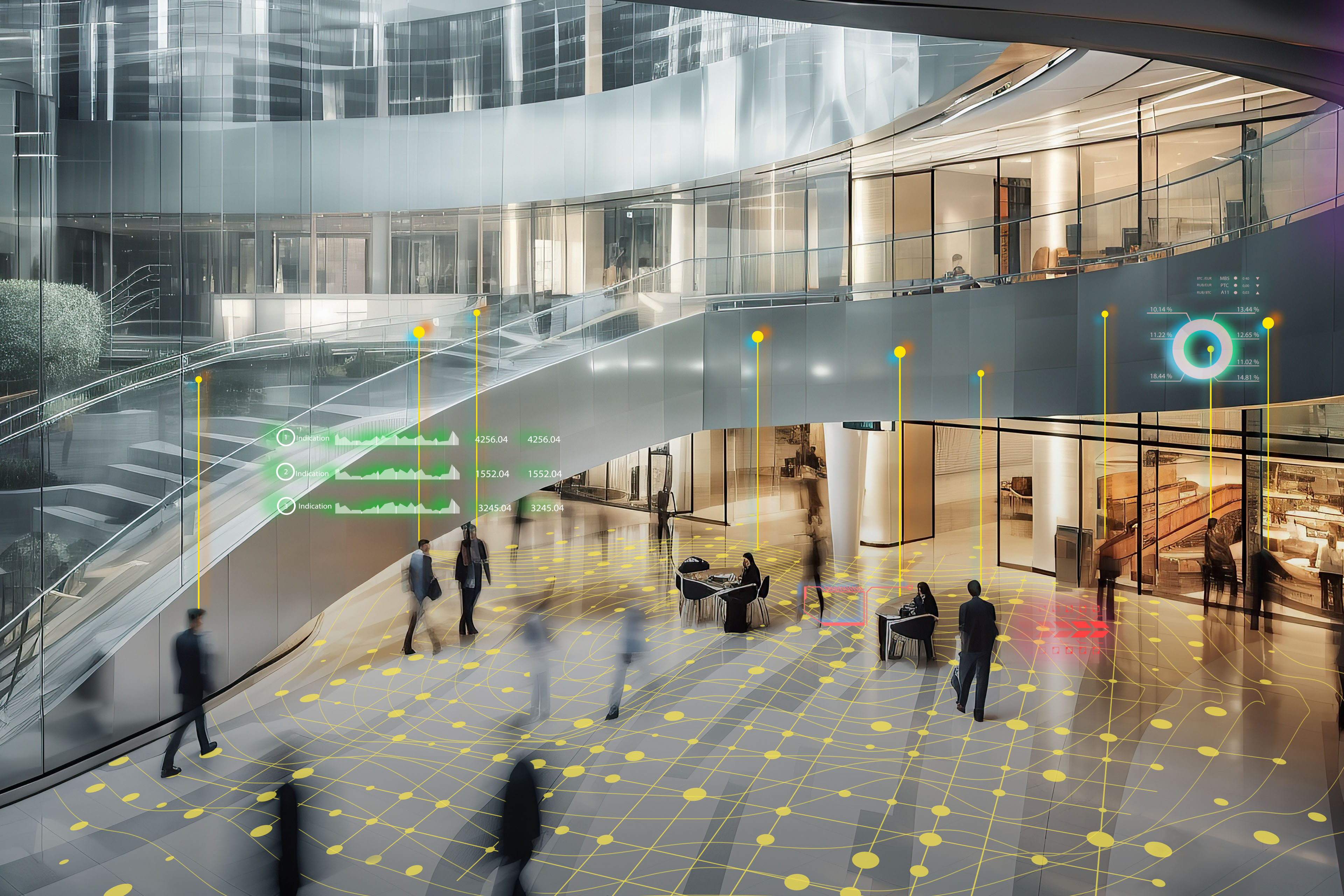EY refers to the global organization, and may refer to one or more, of the member firms of Ernst & Young Global Limited, each of which is a separate legal entity. Ernst & Young Global Limited, a UK company limited by guarantee, does not provide services to clients.
Link Area Header
-
Our Consulting approach to the adoption of AI and intelligent automation is human-centered, pragmatic, outcomes-focused and ethical.
Read more
Beyond addressing concerns over potential risk arising from advanced AI systems, the G7 AIP&CoC also identify priority areas of AI research and development around content authentication, measures to protect data rights, mitigation of societal, safety and security risks, the use of AI to address global challenges (e.g., climate change) and development of technical standards.
Going forward, the G7 countries have committed to developing the principles and code of conduct further as part of the comprehensive policy framework, with input from other nations, the OECD, Global Partnership on AI (GPAI), and a wider set of stakeholders in academia, business and civil society.
Among the elements that will be addressed in subsequent work, are the need to clarify key concepts such as the definitions of terminology (e.g., “advanced AI systems”), categorization of incidents, measurement standards and benchmarks for levels of risk and guidance for consistency of reporting.
There will also be a need to establish mechanisms for secure information-sharing about AI system vulnerability. Other elements that have yet to be addressed include the role of public reporting on liability considerations and mechanisms to ensure the quality of communications along the value chain between developers, users, and all stakeholders in between.
As countries move toward incorporating the G7 AIP&CoC in their national policy frameworks, some of the issues to watch for include the means by which they choose to drive the adoption of those frameworks by AI developers and deployers, be it by legislative or regulatory mandates (e.g., the EU’s proposed AI Act), through government procurement rules (e.g., pursuant to the 30 October 2023 Executive Order in the US), or recommended guidelines (e.g., Japan’s new AI guidelines being finalized by the government’s AI Strategy Council). It will also be interesting to see to what extent the AIP&CoC get adopted beyond the G7 countries, including among OECD members, G20 member countries (outside of the G7), and nations that are not traditionally aligned with the G7.






